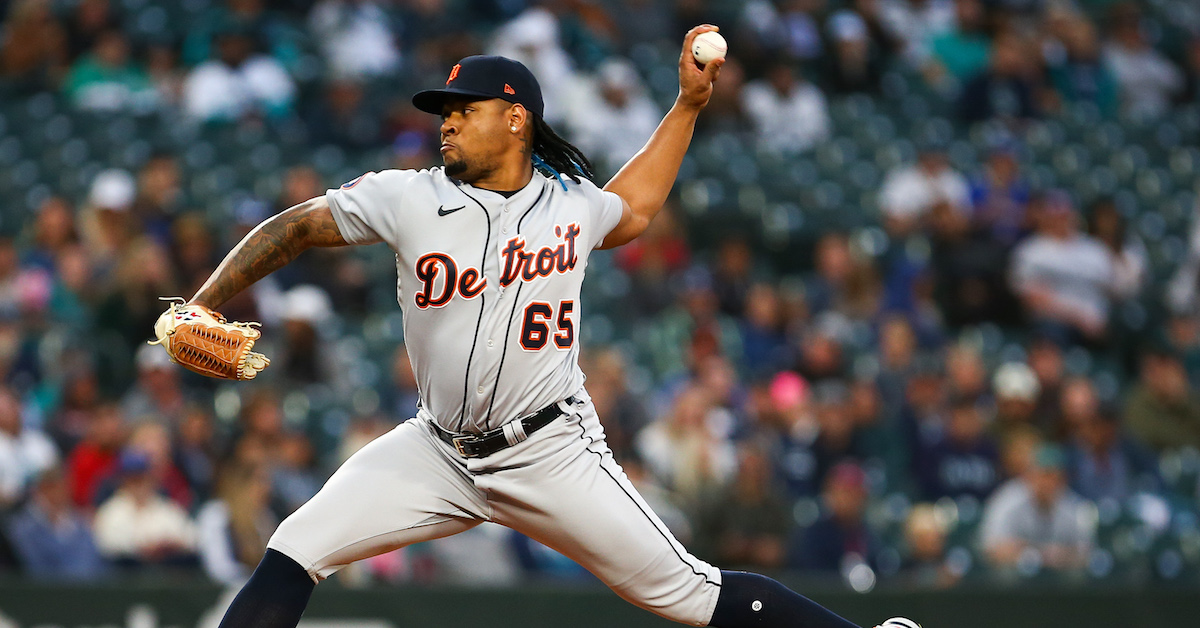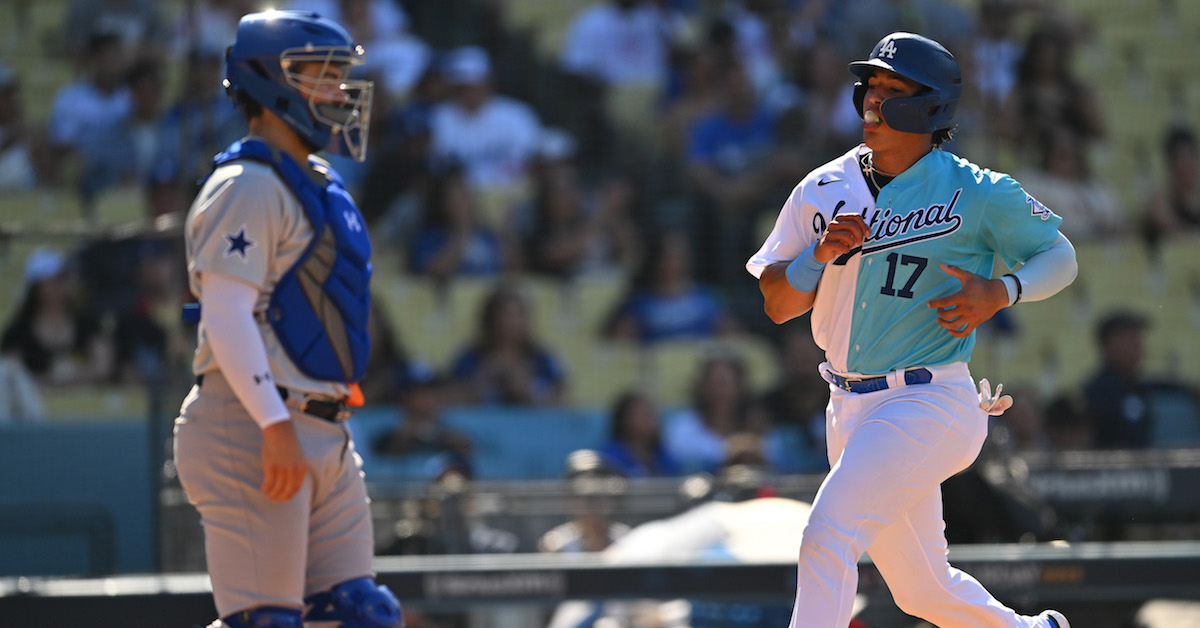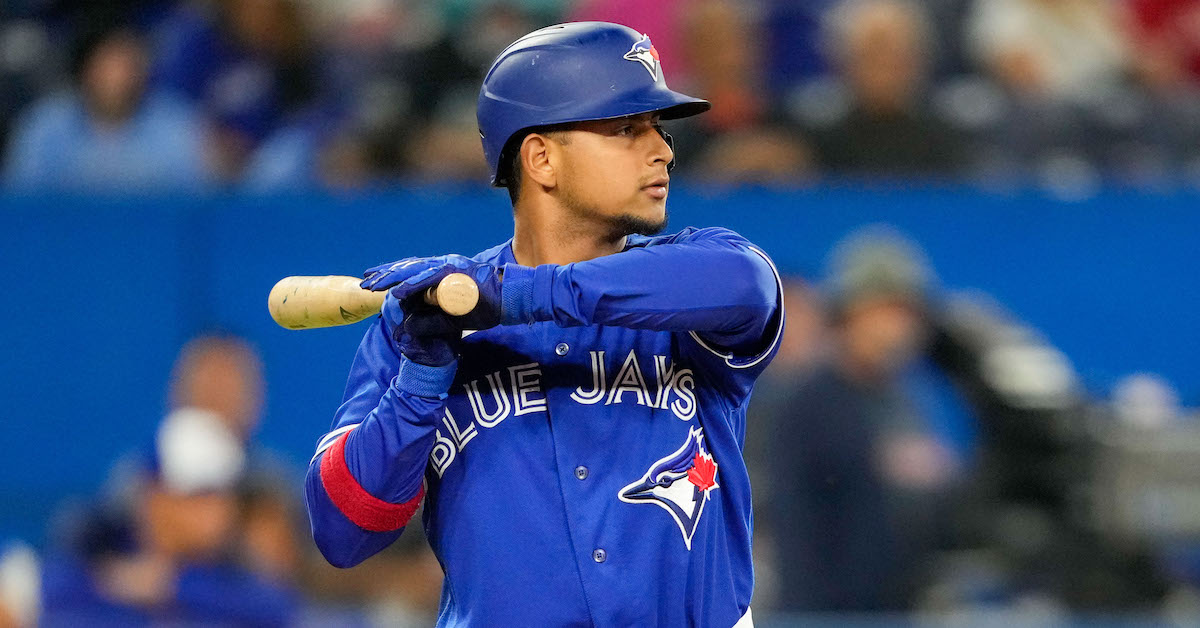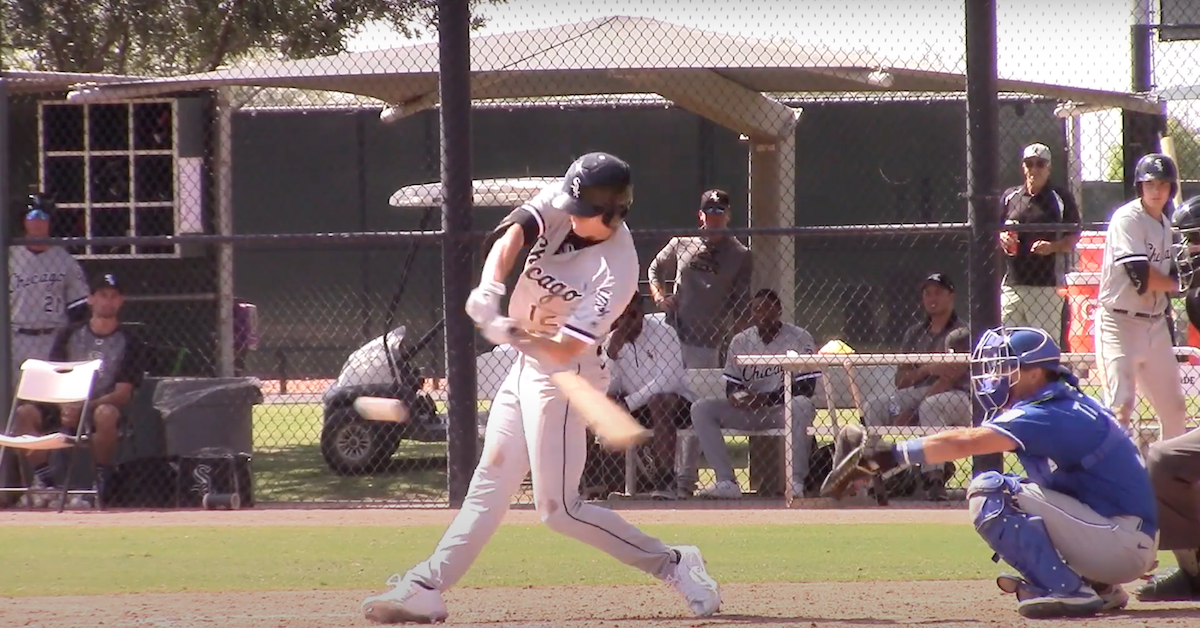Updating the 2023 Draft Prospect Rankings

As the 2023 NCAA baseball season gets underway, so too does this year’s Prospect Week, which begins with a fresh coat of paint on my 2023 draft prospect rankings. I asked around the industry for thoughts about how many prospects it makes sense to ordinally rank at this time of year, and scouts’ and executives’ answers ranged from as low as 30 to as many as 75, with most answers falling close to 50. Typically, there are enough 40+ FV or better prospects by draft day to fill the first two rounds of the draft. For this update, I worked back through the players who already populated the 2023 rankings on The Board to revise their grades and reports, revisited my 2022 summer and fall in-person scouting notes, and integrated data from last season to identify and then help evaluate college prospects who weren’t already on there. I did that until I stopped finding players who comfortably hovered around the 40+ FV line or above.
Ideally, my draft list will eventually include all of the eligible players who are talented enough to make a pro team’s prospect list. Usually about 150 players end up migrating to the pro side of The Board right after the draft, a good many of whom haven’t even popped up yet. For a handful of them, the draft itself is my means of identification, with post hoc analysis generating their grade and ranking. Players who I already have notes and opinions about but who exist beneath the 40+ FV scope that I have hard ranked right now still make sense to have on The Board, just not yet with an ordinal ranking. The number of players in the 40 FV tier (future fifth starters and middle relievers, low-ceiling bench hitters, and volatile high school pitchers) and below is so substantial that it’s almost impossible to maintain a precise ranking into the fifth, sixth and seventh rounds of the draft (we’re talking about 200 rapidly changing youngsters at that point) since chunks of that would be rendered obsolete as early as this weekend. I have a few of these kinds of players bucketed by demographic below the ordinally ranked guys, as I have on past draft lists. Players will be added to those buckets, and the depth of the ordinal rankings will increase as the spring marches along and these players can be assessed with greater precision. Read the rest of this entry »








